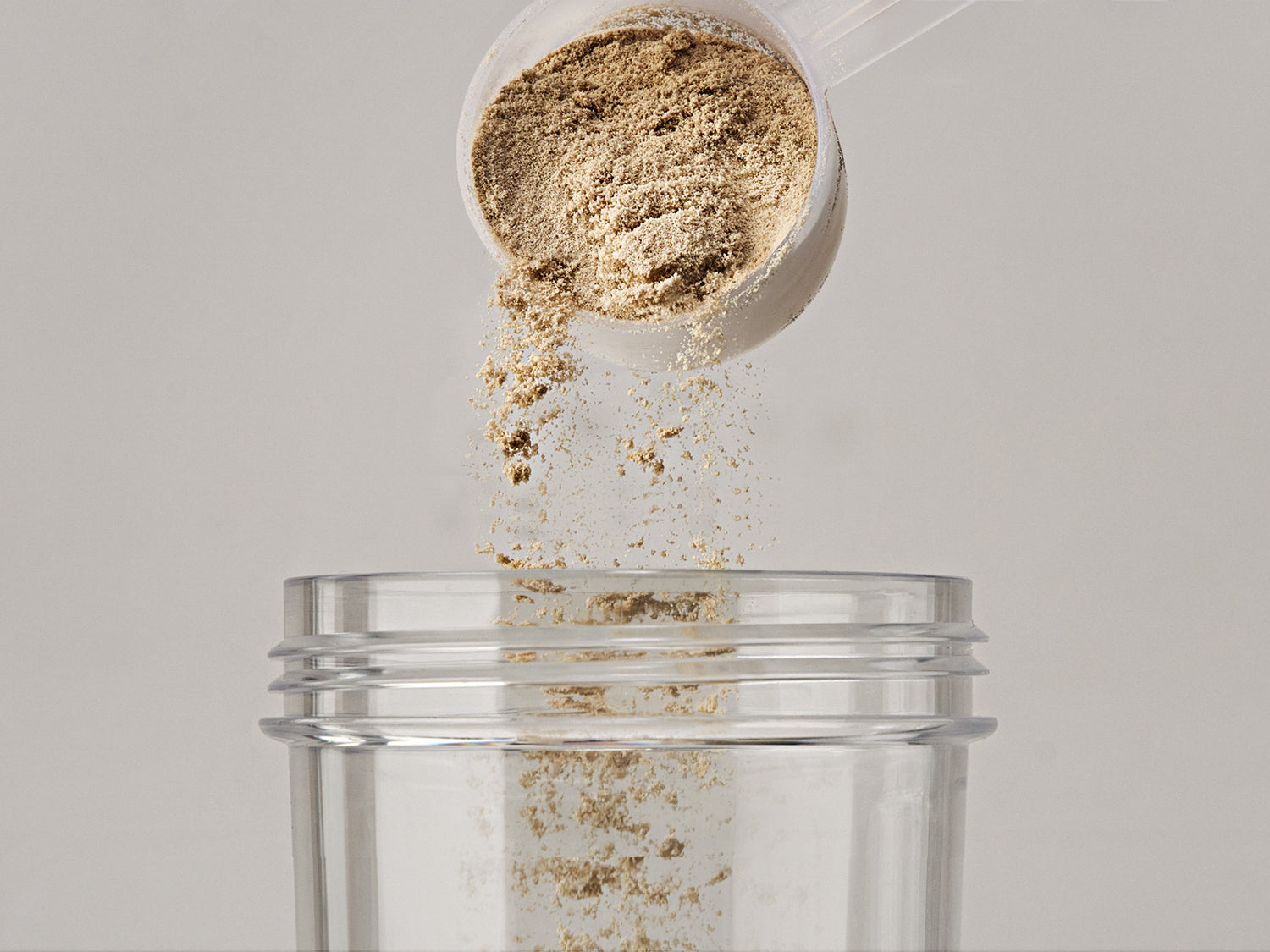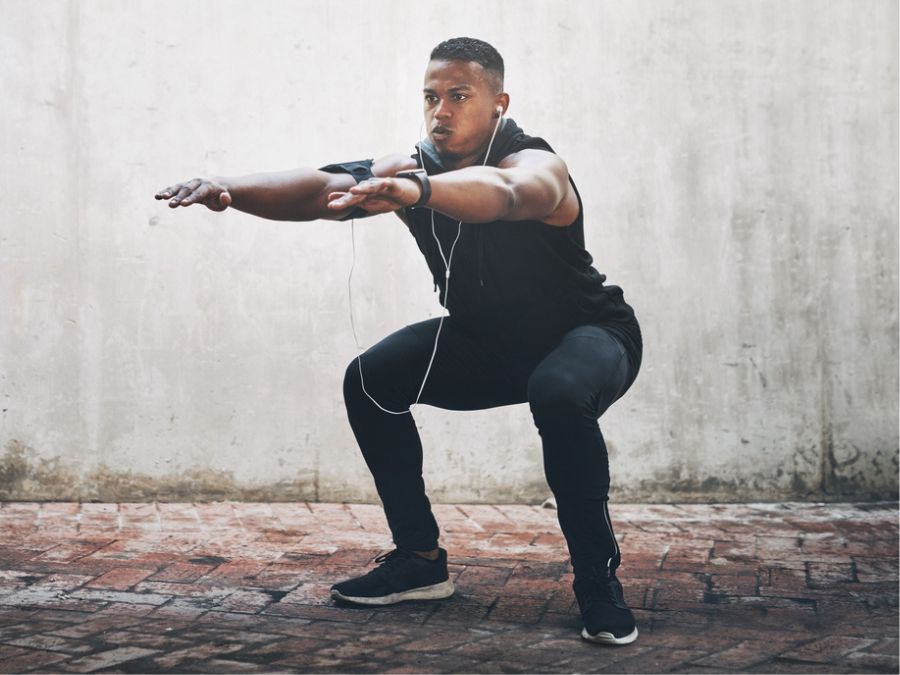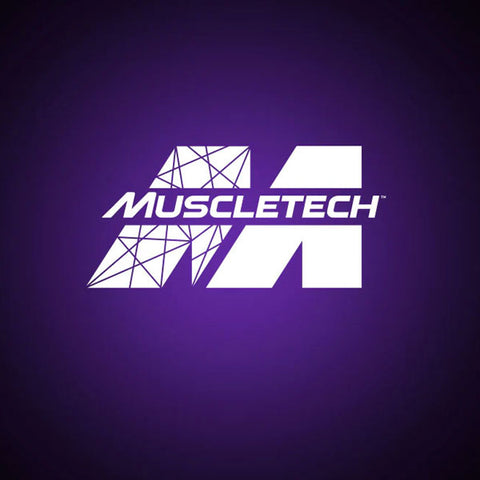Let’s just start by saying the this is not an exercise for the faint hearted as the name suggests. This is one of the toughest and most athletic exercise someone can do to strengthen thighs and core while strengthening their knees. It is a variation of the traditional squat, but this one focus more on leaning backwards and bending from the knee, rather than hinging from the hips emphasizing knee flexion and extension.
This slight modification allows for increased activation of the quadriceps. However, it is important to maintain good shape and start with a lower number of repetitions and sets.
How did it get the name?
Let’s be honest, we all giggled when we heard the name for the first time “Sissy squat, what in the world is that”!! Why would someone want to do an exercise named after a term that contradicts the action? I am not a fan of history but this one is very interesting and respectful than it first appears.
The sissy squat name is a badge of honor given to King Sisyphus of Greek mythology. Sisyphus was the king of Ephyra (today known as Corinth) who was sent to the underworld as a punishment by the gods. The punishment was given for his cunning and deceitful ways. As part of his punishment, Sisyphus was condemned to an eternity of pushing a huge boulder up a steep hill in the underworld.
But here's the twist: every time he was close to reaching the top, the boulder would roll back down, and he had to start all over again. While this may have been punishment for Sisyphus, one thing he got out of it was killer quads…
That’s how the legend of sissy squads is born, it's not just an exercise: it's a nod to this timeless story of Sisyphus and his never-ending uphill struggle.
Also Read: The Ultimate Guide to Donkey Kicks
Sissy Squat Basics
Sports medicine and fitness training experts agree that sissy squats, done with proper form, can strengthen the quadriceps and the muscles supporting the knee joint. This strengthening can lead to improved knee stability and reduced risk of injuries However, to master this unique exercise, positioning your body correctly is of utmost importance.
Also Read: Best Creatine for Women
Sissy Squats Form
1) Start by pointing your toes forward. This is the key movement that targets the quadriceps.
2) Rise up on your toes.
3) Bend at the knees and lean the body backwards, so that the tension comes into the front of your thighs.
4) Lower back as far as you can, keeping a neutral spine throughout. You should form a straight line from your knees to your head. Always control the movement. You will lower as far as you can go.
5) Pause at the bottom before slowly pushing back up to the starting position. Repeat the prescribed number of repetitions
Muscles that sissy squat work on
Sissy squats are all about the quadriceps specifically the vastus medialis, vastus intermedius, vastus lateralis and rectus femoris. The glutes and hamstrings are less involved, and all the tension falls onto the upper thigh. You’ll also use your core to stabilise and support the movement. To keep a neutral spine and create that straight line from the knees to the top of the head, you’ll need a strong and stable core to help you do so. That’s all the muscles in your torso that wrap round the centre of your body in your stomach, sides, and back. As gravity pulls against the body’s structure, the core muscles and hip flexors support the trunk and keep it in place.
Sissy Squat sets and reps
As mentioned earlier, sissy squats are not your grandma’s exercise. You should start as a beginner and move forward as you get stronger.
As a Beginner:
- As you start, make sure to hold on to something like a power rack or other piece of equipment.
- Using partial range of motion gradually ease into it.
- It takes time to go to a 90° angle so don’t try to get there on the first day.
- Go down a few inches and just get a feel for the movement before coming back up.
- Place an object beneath your heels for added stability and a sturdier base.
- Start by doing 2-3 sets of up to 5 reps, focusing on getting into a proper position.
Also read: 9 Quad Stretches for Flexibility & Soreness Relief
Sissy Squats For Muscle Growth:
- As you build up your strength and range of motions, you can challenge yourself by adding variations.
- Next, you can go past 90°of knee flexion. Eventually, you might be able to touch your knees to the floor.
- Once you are comfortable with this, you could even try deficit sissy squats by standing on an elevated platform.
- You can put your hands on your hips instead of out in front of you to make your sissy squats a little more challenging.
- As you don’t have a counterbalance at this stage you have to focus on stability as well.
- Try 3-4 sets of as many reps as needed.
Sissy Squats For Strength & Stability
- Still not challenging enough, add weight to make it harder. To increase the resistance, hold a dumbbell or a plate near your chest.
- You can play around with foot placement. Wider feet and/or toes pointed out target more inner quad or teardrop. While narrower feet and/or toes pointed in target the outer sweep.
- Once you have achieved muscle growth and gotten good at it.
- Try up to 5 sets of 3 slow and controlled reps.
Best Time to do Sissy Squats
Depending on your needs it might be perfect for you if you are:
Bodybuilder in the gym:
If you are working to grow your muscles or planning for a physique competition, you can use the sissy squat as a finisher at the end of your leg workout to ensure great results. These can also be used as a dynamic warm-up and a primer for your legs at the beginning of your workouts.
Also Read: How to Increase Your Squat?
Trying to get stronger away from gym:
If you are away from the gym for an extended period, sissy squats can be surprisingly effective for maintaining your muscle and strength. Don’t be shy to perform sissy squats during your lunch break or at the airport between flights.
Bodyweight Trainee:
If you are a calisthenics devotee struggling to develop your legs, simply because you’re constrained to only working with gravity as resistance, and the quads are taking quite a beating. You must get creative about how you strengthen your legs if you like to train with only your bodyweight. The sissy squat applies a lot of mechanical tension to your quads without requiring any weights to do so.
Sissy squat Benefits
1. Relief from knee pain:
Patients suffering from osteoarthritis of the knee can improve their quality of life by applying strengthening exercises to the quadriceps. It also improves pain and function of the knee. These exercises can also be done on a machine that applies less stress on the knee joints to prevent from injury as compared to regular squats.
2. Muscle strength and hypertrophy:
The sissy squat may achieve greater muscle hypertrophy in the quadriceps femoris as well as greater increases in strength. The advantage of performing the sissy squat over the standard squat is that the former can achieve near-total isolation of the quads. Our team has complied a top notch abs workout, check it out.
3. Functional strength improvement:
As we get older and our mobility decrease due to osteoarthritis or general knee problems, a strong quad muscle group may be helpful in the performance of activities of daily living. Hence, strengthening the quads through the sissy squat may be of benefit in the long run.
Also Read: 27 HIIT Workouts to Build Muscle & Melt Fat
Risk for Injury When Doing Sissy Squats
The sissy squat is a challenging exercise that calls on the power of the four muscles that make up the quadriceps. Before doing the sissy squat, care must be taken since any muscle strength imbalance might result in knee discomfort and damage. As sissy squats require quad and core strength to be executed properly and not everyone has it, it become important to access one’s status.
Exercises that target the core and quadriceps, including planks and leg presses are helpful in strengthening the overall physical capability to easily execute sissy squads. One should also look at other exercises that also assist in building these muscles. Majority of stress of this exercise lands on the knees, which increases the risk of catastrophic damage when quad muscle strength is not yet optimum for a sissy squat. To lessen the strain on the joint, locking out the knees at the peak of the sissy squat should be avoided.
A sissy squat transition should be gradual considering the knee movement and mobility. Some people like to attempt the sissy squat with more weights right away, but this can be dangerous since the body, particularly the group of quad muscles, is not ready to support the resistance. When performing a sissy squat, weights may be added should be moderated and preceded by careful control of body weight.
Additionally, using a machine is preferred for beginners to support the knees and ankles while executing the movement.
Read more about bodybuilding for beginners.
TL;DR
As discussed in detail how sissy squat is a great exercise for strengthening the quadriceps and hence lead to many benefits, care must be taken before taking up this activity. It is best to take advice form a physical therapist or a doctor. As multiple muscle group are worked up making an overall leg development it becomes important to increase the strength of the core and quads prior to engaging in this activity to avoid serious injury. Additionally, the sissy squat can be performed using a machine to avoid any serious injury to the knees or lower back. It is a must- do exercise but one should approach with caution and focus on proper technique before going heavy.
Read Our Top Blogs:




